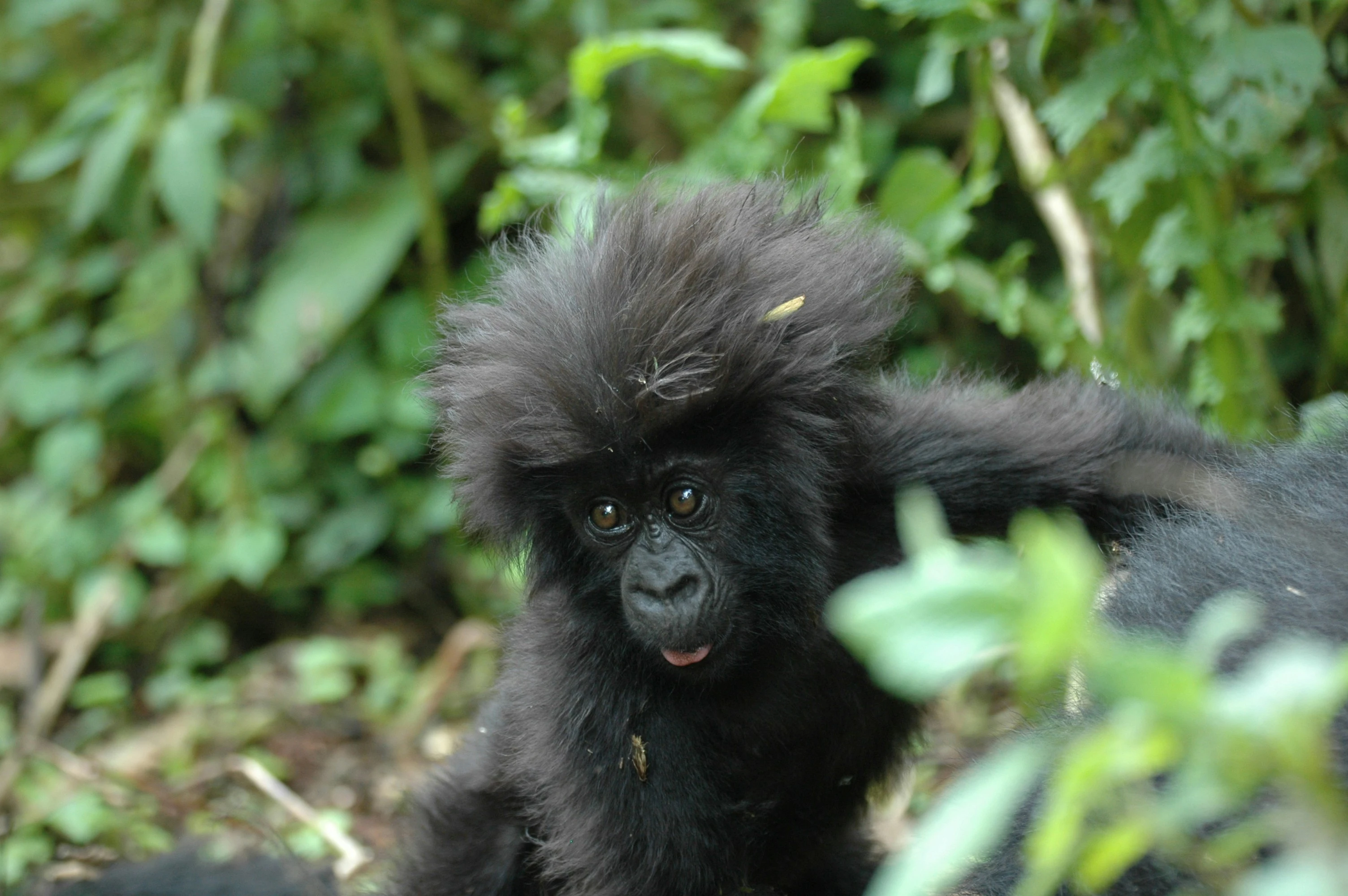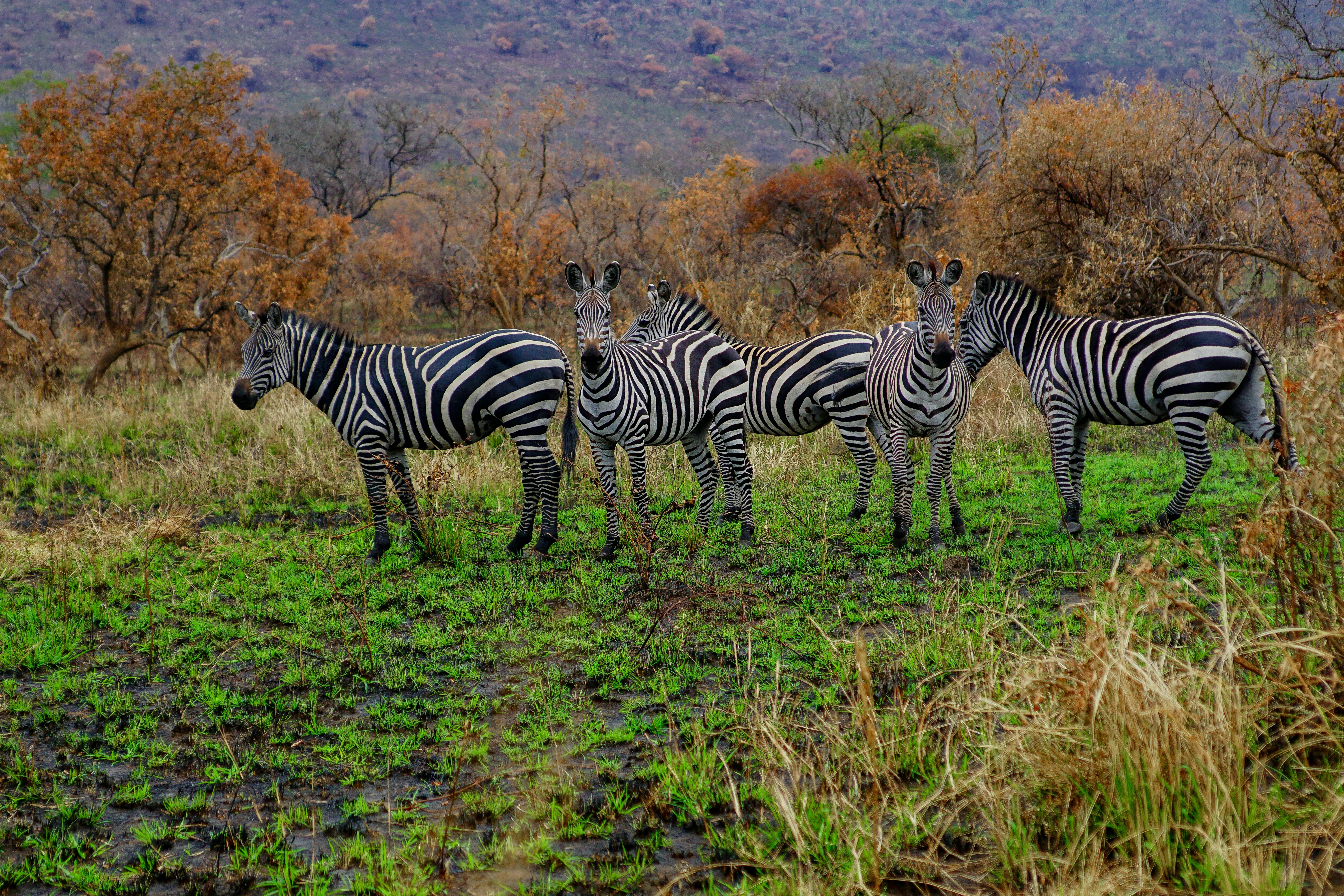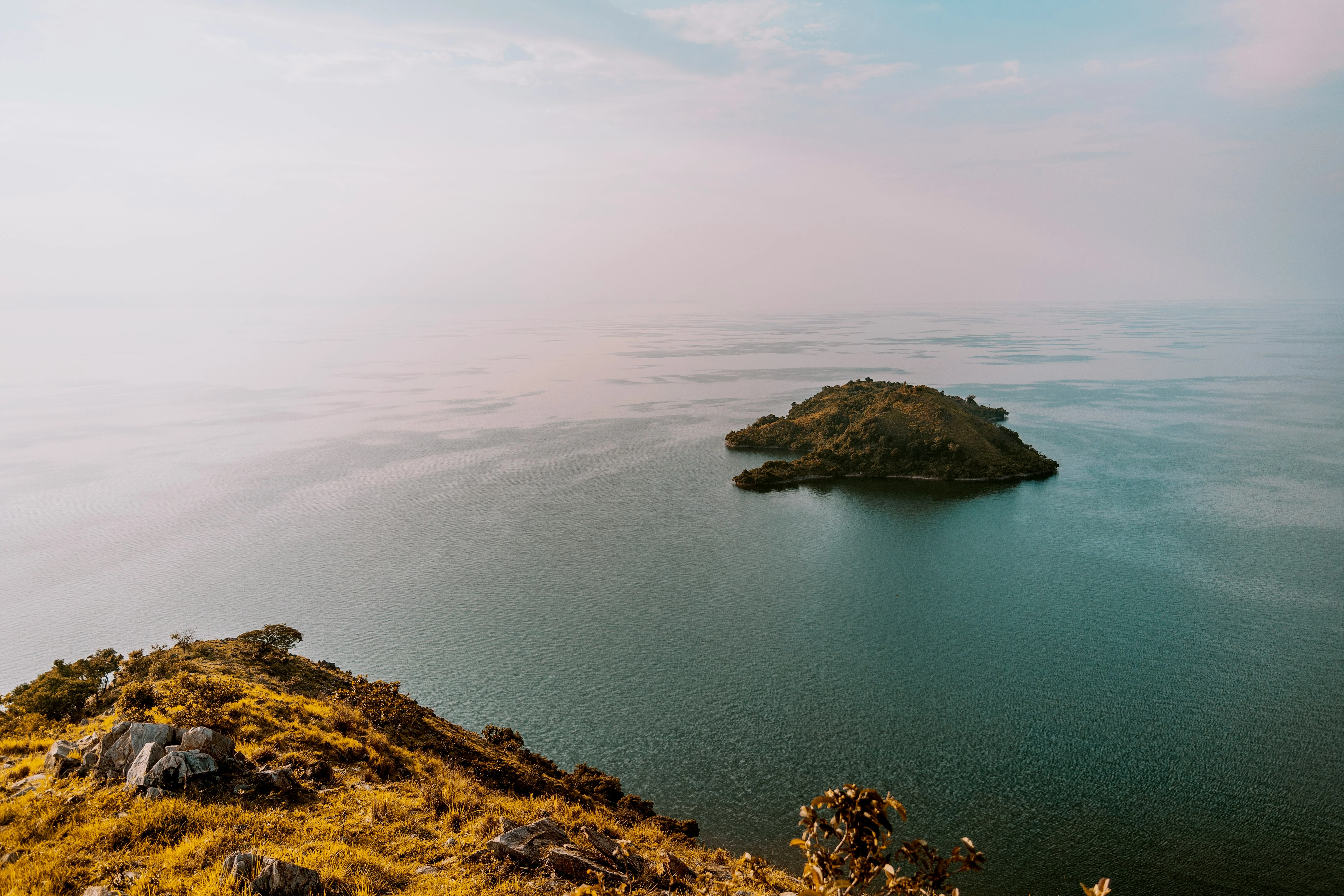
Rwanda…the “Land of a Thousand Hills”. When one thinks of Rwanda, one of the first activities that comes to mind is embarking on an adventure through mountainous regions in search of wildlife. Gorilla trekking is a one-of-a-kind experience and visitors can see these gentle giants in the Volcanoes National Park.
Golden monkeys are at play in the Virunga National Park, and birdlife is prolific in Nyungwe Forest, where over 300 different species have been recorded. Spend time exploring the undulating landscape of the Akagera National Park, home to one of central Africa’s largest protected wetlands.
Any visit to Rwanda will include some time spent in the capital, Kigali. A city boasting quietness and cleanliness, Kigali prides itself on being a city of art galleries, a strong culture and a moving history. The contrast lies between the wild land surrounding the city and Kigali’s tumultuous past.
Volcanoes, impressive biodiversity and one-of-a-kind experiences make Rwanda an intriguing and must-see country. Visitors have a chance to dive into rich Rwandan traditions and then leave nothing but their footprints when embarking on Rwanda gorilla trekking.
Rwanda Geography

Rwanda is located in East Africa, bordering the Democratic Republic of the Congo to the west, Uganda to the north, Tanzania to the east and Burundi to the south. It is a small country boasting a myriad of undulating hills, picturesque national parks and home to mountain gorillas and many other wonderful wildlife.
The central and western parts of Rwanda are dominated by mountains that form part of the East African Rift. The Virunga volcano chain lies in the Northwest of the country and forms the highest peaks in Rwanda with Mount Karisimbi noted as Rwanda’s highest peak.
Rwanda’s center comprises mostly rolling hills while in contrast, the Eastern border region boasts spectacular savannas, swamps and open plains. A Rwandan safari will offer guests the opportunity to visit both mountainous and forest regions, also allowing witnessing a variety of wildlife.
Rwanda’s surface is approximately 10,000 square miles in size with around 3% of the land covered in water. Lakes are scattered around the country, with famous destinations such as Lake Kivu and Lake Ruhondo often included in a Rwanda safari.
Best Time For a Rwanda Safari
Rwanda is a destination offering experiences that range from safaris to gorilla trekking and golden monkey tracking and boasts a rich history that can be discovered when visiting Kigali. Timing your visit to ensure optimal weather and fewer crowds, is important and will enhance your overall Rwanda safari.
Two dry seasons are lasting from June-September and December-February. These are an ideal time to visit with sunny skies and minimal rainfall. The two rainy seasons are March-May and October-November when showers and thunderstorms are more frequent.
The best time to visit for gorilla trekking would be between June and September and again from mid-December to the beginning of February. These are the long dry season and short dry season respectively, creating the ideal conditions for tracking gorillas.
Birdlife is prolific between January and March, with visits to parks such as Akagera National Park offering incredible sightings, particularly at sunrise and sunset when the lighting is perfect. Memorable wildlife encounters are possibly throughout the year, however visiting based on your preferences is key.
Rwanda Climate
Rwanda has a tropical highland climate that is surprisingly cool and temperate compared to many other equatorial African nations. With warm sunny days, cool nights, and a couple of drier seasons, the climate lends itself perfectly to outdoor activities like hiking and wildlife safaris.
The average daytime temperatures across Rwanda range between the mid-60s to upper-70s Fahrenheit (18-26°C). Nights are quite cool, often dipping into the 50sF (10-15°C). The combination of warm days and cool nights makes the weather extremely comfortable for the majority of the year.
The climate does vary across different regions of the small, hilly nation. Areas like Kigali and the eastern savannas tend to be warmer, while places at higher elevations like Musanze and Nyungwe Forest experience lower temperatures.
Rainfall varies depending on the region, with the areas to the West and Northwest receiving more rainfall annually than areas in the East and Southeast. Even during the rainier months of March to May or October and November, precipitation is not excessive and rarely lasts all day. Mornings often start sunny before rain develops in the afternoon and evening hours.
Health & Safety
Embarking on any of the primate tracking experiences during your Rwanda safari is an exciting adventure, and knowing how to do so with your safety and the safety of the gorillas and golden monkeys in mind, will ensure you have a truly remarkable experience.
There are key guidelines in place when it comes to viewing primates in Rwanda and your park rangers and gorilla trekking guides will brief you on how to behave and what rules to follow during your trek. Masks may be required when you reach the gorilla families so that they don’t pick up any human diseases.
General safety when walking around Kigali should be adhered to in order to ensure you can explore the various art galleries and museums in a leisurely and comfortable manner. Knowing where to go and what time is best to visit, will ensure you can relax and know you are safe at all times.
Malaria is present in Rwanda, so taking a malaria prophylactic is a good idea. If you are visiting countries that require Yellow Fever certificates, such as Tanzania, you may be required to receive a Yellow Fever vaccination.
Which Rwanda parks are best to visit?
A popular reason for visiting Rwanda is to embark on a gorilla trek, and so many visitors will spend time in the Virunga Mountains and the Volcanoes National Park. Volcanoes are home to the endangered mountain gorilla and possess a puzzle of montane ecosystems that includes bamboo forests, open grasslands and swamps.
The Akagera National Park is noted as Central Africa’s largest protected wetlands and comprises vast open plains or Savannah’s as well as picturesque mountains. Animals that roam the Park include giraffes, lions, elephants, and zebras, as well as several bird species. A favorite residence has to be the shoebill stork, unique in looks and mannerisms.
The Nyungwe National Park and Forest prides itself in being one of Africa’s largest rainforests and is a haven to primates such as chimpanzees and, endemic to the Albertine Rift, L’Hoest’s monkey. Capture the beauty of the light streaming through the trees and take in the sounds of prolific birdlife while wandering through the trails of this incredibly green national park.

The Gishwati Mukura National Park stands as one of Rwanda’s last remaining mid-altitude rainforests and is home to various primate species like chimpanzees, monkeys and baboons. It also harbors forest elephants, antelopes, and a variety of bird species. The park plays an important role in conserving some of the remaining patches of biodiversity-rich transitional rainforest, containing vegetation types ranging from moist montane forests to swamp and riverine habitats.

Art, Museums and Galleries
Apart from National Parks, the facts about Rwanda as a tourist destination include museums and art galleries. These includes:
The King’s Palace museum in Nyanza which is a reconstruction of the traditional royal residence, the King’s Palace and at the back at the back live a few long-horned Inyambo cattle, descended from the king’s herd, whose keepers carefully tend and sing to them, keeping alive a unique tradition.
The ethnographic Museum in Huyewas gifted by the Belgian Government to display historical, ethnographic, artistic and archaeological artefacts accompanied by visual aids, giving visitors a rich insight into Rwandan culture.
The Rwanda Art Museum, Formerly the Presidential Palace Museum, displays contemporary artworks from Rwanda as well as foreigners.
Richard Kandt House Museum. It is named after the first colonial governor of Rwanda, on behalf of Germany, until the early 1900s. His old house in Kigali is now a museum examining life in Rwanda before, during and after the colonial period. The Museum also has a zoo in which you can see crocodiles and snakes.
Rwanda’s History
Among the facts about Rwanda as a tourist destination we can’t leave its history. Rwanda is known to have had a genocide against Tutsi in which one million people were killed in only one hundred days. This marks the dark history of the country. When visiting Rwanda, you will have a chance to visit the Kigali Genocide memorial and get to know what happened as well as the path to today’s Rwanda’s development.
Kigali city is ranked the cleanest and safe city in Africa. A city tour around the city will help you to connect with different sites and suburbs in Kigali. You will also be able to attend local markets to buy souvenirs to take home.
If you are planning to visit Rwanda you will be amazed with how the country and its people offer the best of hospitality to tourists. You will be able to see with your own eyes how the country has emerged from a thousand problems and come up with a thousand solutions to make it a small paradise for visitors. To have a well-organized tour in Rwanda, reach out to Rwanda Eco Company and Safaris to make your visit a memorable one.
